#west bengal
Text
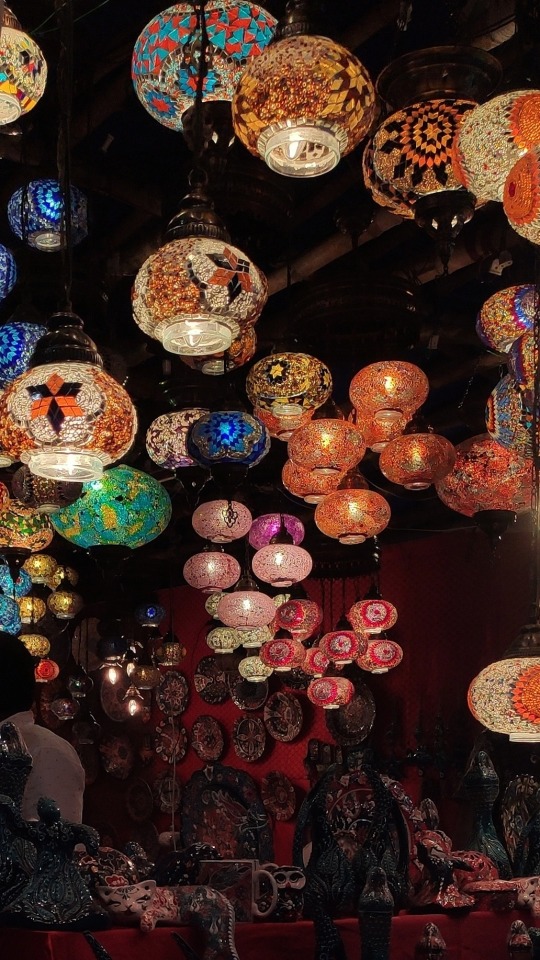

Bidhannagar Mela, Kolkata.
#kolkata#kolkata diaries#calcutta#india#west bengal#desi tumblr#desiblr#desi aesthetic#desi tag#bangla tag#kolkata street photography#my photography#p
6K notes
·
View notes
Text

#bangladesh#worldnews#india#international#bengali#west bengal#feminist#feminism#intersectional feminism#sex based oppression#patriarchy#womens rights#liberal feminism#radical feminism#mysogyny#radical feminists do touch#radical feminist community#anecdote#radical feminists do interact#radical feminist safe#gender roles#lgbt pride#communism#anarchism#anarchy#socialism#protest#french revolution
504 notes
·
View notes
Text
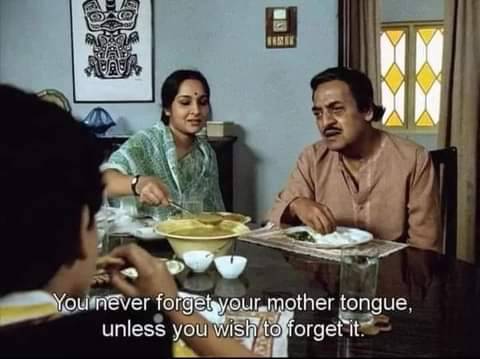
:)
#বাংলা কবিতা#bangla kobita#বাংলা#aesthetic#kolkatadiaries#writing#west bengal#tollywood#satyajit ray#movies#বাংলা ভাষা#বাংলা গান#বাংলা গল্প#21st feb
105 notes
·
View notes
Text
A walk through Bengal's architecture
Bengali architecture has a long and rich history, fusing indigenous elements from the Indian subcontinent with influences from other areas of the world. Present-day Bengal architecture includes the nation of Bangladesh as well as the Indian states of West Bengal, Tripura, and Assam's Barak Valley. West Bengal’s architecture is an amalgamation of ancient urban architecture, religious architecture, rural vernacular architecture, colonial townhouses and country houses, and modern urban styles. Bengal architecture is the architecture of Wind, Water, and Clay. The Pala Empire (750–1120), which was founded in Bengal and was the final Buddhist imperial force on the Indian subcontinent, saw the apex of ancient Bengali architecture. The majority of donations went to Buddhist stupas, temples, and viharas. Southeast Asian and Tibetan architecture was influenced by Pala architecture. The Grand Vihara of Somapura, which is now a UNESCO World Heritage Site, was the most well-known structure erected by the Pala rulers.

The Grand Vihara of Somapura
According to historians, the builders of Angkor Wat in Cambodia may have taken inspiration from Somapura. Bengal architecture became known for its use of terracotta due to the scarcity of stone in the area. Clay from the Bengal Delta was used to make bricks.
The temple architecture has distinct features like the rich wall decoration, often known as the terracotta temples, which was one of the remarkable elements of Bengali temple architecture. The double-roofed architecture of thatched huts was replicated by Bengali temples. Square platforms were used to construct the temples. Burnt brick panels with figures in geometric patterns or substantial sculptural compositions served as the temples' adornment.

Dochala style
These served as models for many temples that were built in undivided Bengal. Construction materials used in ancient times included wood and bamboo. Bengal has alluvial soil, so there isn't a lot of stone there. The bricks that were utilized to build the architectural components were made from stone, wood, black salt, and granite. Bengal has two different types of temples: the Rekha type, which is smooth or ridged curvilinear, and the Bhadra form, which has horizontal tiers that gradually get smaller and is made up of the amalaka sila. Mughal architecture, including forts, havelis, gardens, caravanserais, hammams, and fountains, spread throughout the area during the Mughal era in Bengal. Mosques built by the Mughals in Bengal also took on a distinctive regional look. The two major centers of Mughal architecture were Dhaka and Murshidabad. The do-chala roof custom from North India was imitated by the Mughals.

Jorasako thakurbari
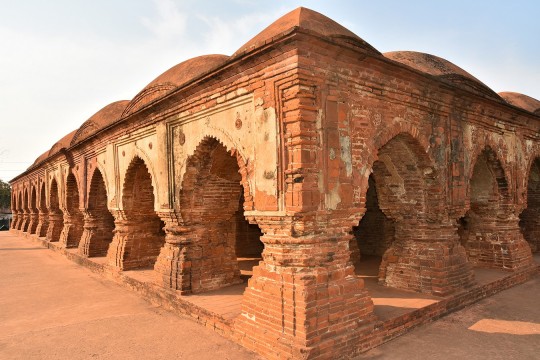
The Rasmancha is a heritage building located at Bishnupur, Bankura district, West Bengal.
Influence of the world on Bengal architecture: Although the Indo-Saracenic architectural style predominated in the area, Neo-Classical buildings from Europe were also present, particularly in or close to trading centers. While the majority of country estates had a stately country house, Calcutta, Dacca, Panam, and Chittagong all had extensive 19th and early 20th-century urban architecture that was equivalent to that of London, Sydney, or other British Empire towns. Calcutta experienced the onset of art deco in the 1930s. Indo-Saracenic architecture can be seen in Ahsan Manzil and Curzon Hall in Dhaka, Chittagong Court Building in Chittagong, and Hazarduari Palace in Murshidabad.
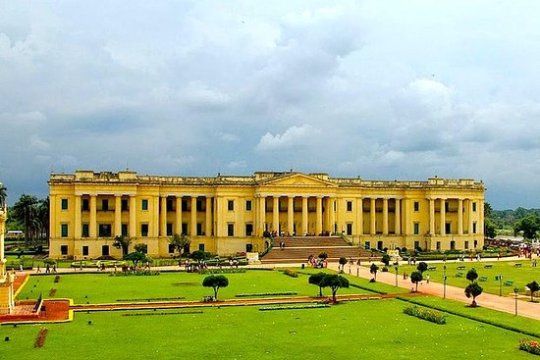
Hazarduari Palace in Murshidabad
The Victoria Memorial in Kolkata, designed by Vincent Esch also has Indo-Saracenic features, possibly inspired by the Taj Mahal. Additionally, Kolkata's bungalows, which are being demolished to make way for high-rise structures, have elements of art deco. The 1950s in Chittagong saw a continuation of Art Deco influences. The Bengali modernist movement, spearheaded by Muzharul Islam, was centered in East Pakistan. In the 1960s, many well-known international architects, such as Louis Kahn, Richard Neutra, Stanley Tigerman, Paul Rudolph, Robert Boughey, and Konstantinos Doxiadis, worked in the area.

The Jatiyo Sangshad Bhaban
This iconic piece of contemporary Bangladeshi architecture, was created by Louis Kahn. Midsized skyscrapers dominate the cityscapes of contemporary Bengali cities, which are frequently referred to as "concrete jungles." With well-known architects like Rafiq Azam, architecture services play a key role in the urban economies of the area. Overall Bengal architecture was influenced by various contemporaries of their time and continues to evolve.

Gothic architectural style seen in St. Paul's Cathedral in Kolkata.

Zamindar era buildings in ruin.

Belur Math in Howrah
#bengali#bangla#west bengal#bangladesh#tripura#assam#desi#বাংলা#india#architecture#tales#bengal architecture#history#kolkata#international#technology#information#temple#asia#bricks
168 notes
·
View notes
Photo

Cooch Behar Palace, Cooch Behar city, West Bengal, India,
Krishna Singh Photography
#art#design#architecture#palace#india#cooch behar rajbari#raj palace#west bengal#luxuryhouses#luxuryhomes#luxurylifestyle#style#history#krishna singh
180 notes
·
View notes
Text

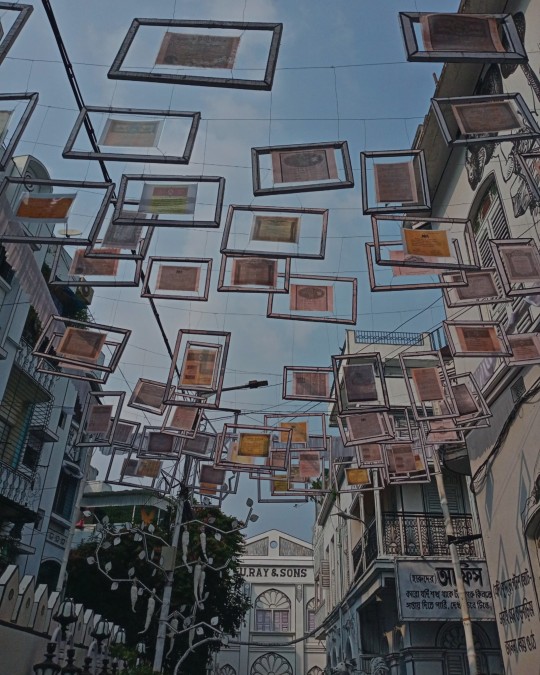





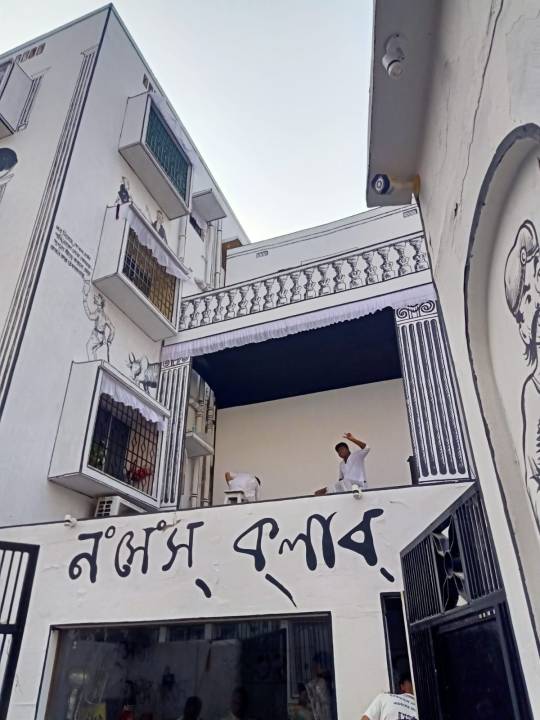

চতুর্থী ✨
Durga Pujo, 2023 !
#durga pujo#durgapuja#durgamaa#kolkatadiaries#northkolkata#pujo#panchami#dayout#friends#collegedays#desi style#desi culture#desi girl#desi vibes#desiblr#desi tag#desi tumblr#artandculture#bengali#west bengal#tumblr blog#academia aesthetic#darkacademism#tumblrpost
97 notes
·
View notes
Text

" Rose-ringed parakeet " //© Soumitra Basak
#West Bengal#India#nature#landscape#Portrait#wildlife#birds#Rose-ringed parakeet#aesthetics#wanderlust#explore#follow#discover
138 notes
·
View notes
Text
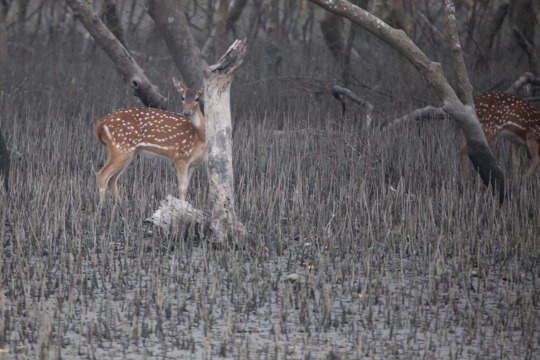
Chital Axis axis
Observed by burakdogansoysal, CC BY-NC
42 notes
·
View notes
Text

New acquaintances - Kolkata, 2023
#original photographers#photographers on tumblr#travel#india#west bengal#street photography#b&w photography#b&w portrait#cute girls#monochrome photography#street portrait#indian beauty#interior photography#cafeteria
26 notes
·
View notes
Text

An azure male black-naped monarch (Hypothymis azurea) exhibits a black nape patch and a thin black gorget at Tehatta, West Bengal, India. These little birds are hard to find, roaming the forest ground level in dim light to catch insects and hiding behind leaves
Photograph: Soumyabrata Roy/NurPhoto/Shutterstock
#soumyabrata roy#photographer#nurphoto#shutterstuck#black-naped monarch#monarch#bird photography#hypothymis azurea#azure#tehatta#west bengal#india#nature
45 notes
·
View notes
Text

Was pleasantly surprised to see this...seen in Baghbazar, Kolkata
19 notes
·
View notes
Text




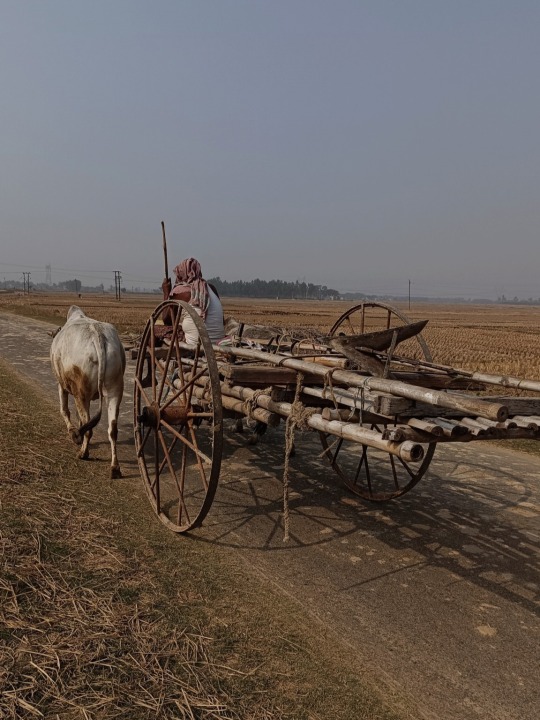

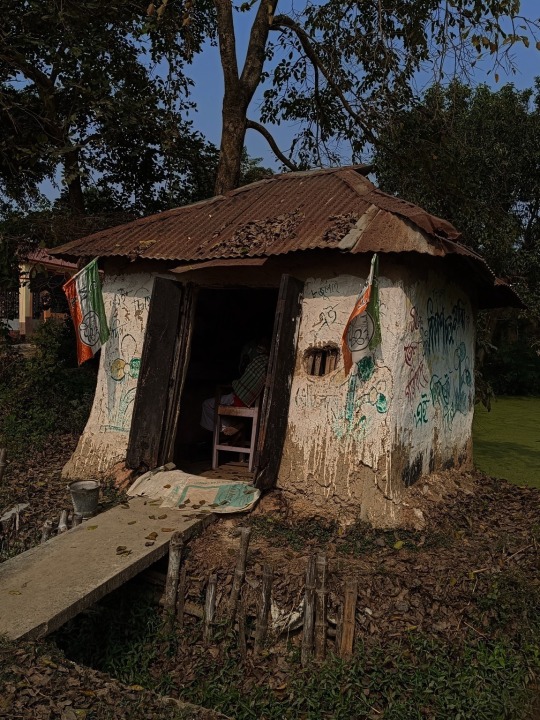



Photographs from my road trip across rural Bengal.
#everything was so golden! the soil the sunlight the hay etc. maybe because its that time of the harvest season#but i see why rabindranath wrote amar shonar bangla he wasnt being metaphorical#my photography#original photography#bangla tag#desi tag#desi aesthetic#desi tumblr#desiblr#south asia#south asian#india#west bengal#rural#rural architecture#street photography#nature photography#p
729 notes
·
View notes
Text

সবাইকে জানাই শুভ নববর্ষের আ���্তরিক প্রীতি ও শুভেচ্ছা! 🙏❤
Wishing a very Happy Bengali New Year to all who celebrate! 🙏❤
#happy new year#bengali new year#poila boishakh#শুভ নববর্ষ#পয়লা বৈশাখ#bengali#west bengal#bengali girl#1431#desi#desi tag#desi tumblr#desiblr#desi blog#just desi things#desi stuff#desi teen#desiblogger#১৪৩১#indian tumblr#mutuals please interact#please don't let this flop#fyp#for you#for you page#trending#recommended#fyppage#fyp2024#explore
14 notes
·
View notes
Text
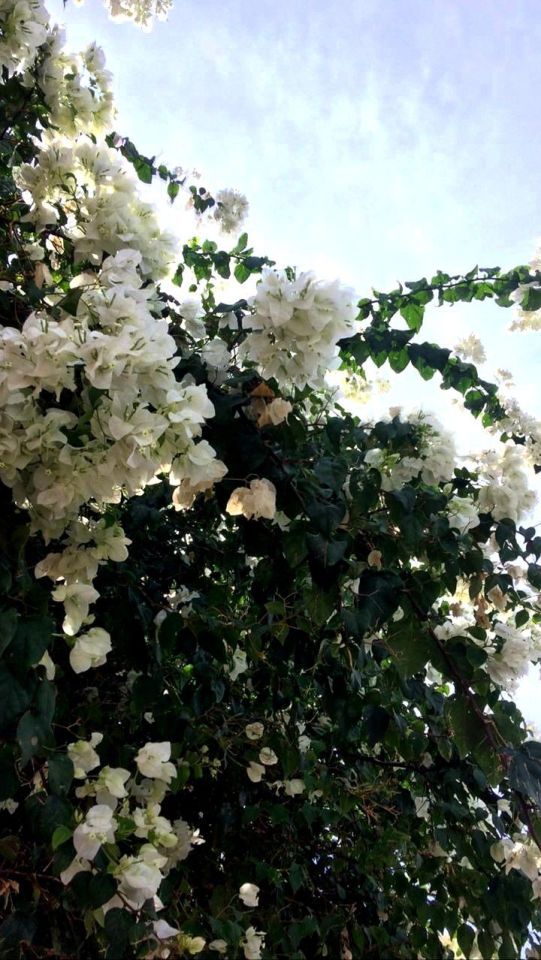
যেন একফালি মেঘভাসা শরৎ আকাশ লতায়পাতায় জড়িয়ে বাঁধা পরে আছে ধুলামাটির পৃথিবীতে। কত কষ্টে মনে পরে সেই মুকুলঝরা বেহায়া বসন্তের বেলা । পলাশডালের আড়ালে শুকসারির গান , আর তোমার নূপুর নিক্বণের পিছু পিছু এসে পরা শিমুল তুলোর দেশের ভারি অসভ্য এক দস্যি দখিন হাওয়া , সে যেন কত কালের কথা । মাথা চুলকে আরো কিছু মনে পরার আগেই শুকনো রাধাচূড়ার লালটুকু বুকে আগলে ধরে ছাদের পাশ কেটে সূর্যখানা পাটে যায় । সাঁঝবেলার বেলফুলের মত দুটি ছোট্ট তারা হাত ধরাধরি করে আকাশের লালনীল আলো আঁধারির ভেতরে কানামাছি খেলে আর তক্ষুনি তোমার কথাটা মনে পরে যায় ...."বসন্তের সূর্য তো , অনেক রং টং পাল্টে তবেই ডুববে ..এমনি এমনি নয়"। জানলার বাইরে শুক্লপক্ষের চাঁদ পানপাতায় মুখ ঢেকে হেসেছিল ঠোঁট চেপে । বাইরে ভরাট জোছনা যেন আকালের দেশের অকাল কোজাগরী ,
দোল পূর্নিমাটা যে ঠিক কবে , আমার খেয়াল পরেনা...।।
(@thesongoffadingaway অনেক অনেক ধন্যবাদ ছবিটার জন্য 🥺❤️)
#বাংলা#aesthetic#kolkatadiaries#west bengal#writing#love#quotes#love poem#লেখালিখি#বাংলা গল্প#bangla natok#bangla news#banglanews#bangali#বাংলা গান#বাংলা কবিতা#বাংলা কাব্য#বাংলাদেশ#bangla kobita#desiblr#writeblr#দোল#কলকাতা#Rabindranath#rabindranath tagore#কাব্য#বাংলা লেখা
25 notes
·
View notes
Text
সবাইকে দোল পূর্ণিমার শুভেচ্ছা! 🎨 Happy Dol Pūrṇimā!
Happy Holi to the rest of the subcontinent! 🎨
#bengali#bangla#india#bangladesh#west bengal#tripura#assam#jharkhand#বাংলা#desi#langblr#colours#colours in bengali#language learning#poll#dol poornima#dol jatra#holi#2023#color#colour#festival
93 notes
·
View notes
Text
শুভ মহালয়া

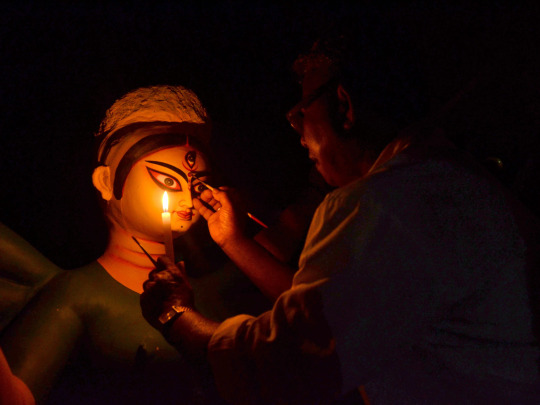
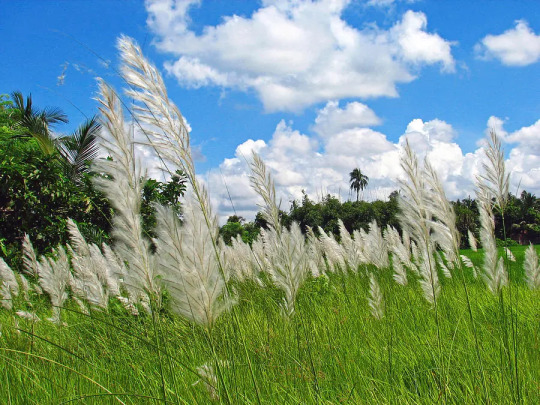
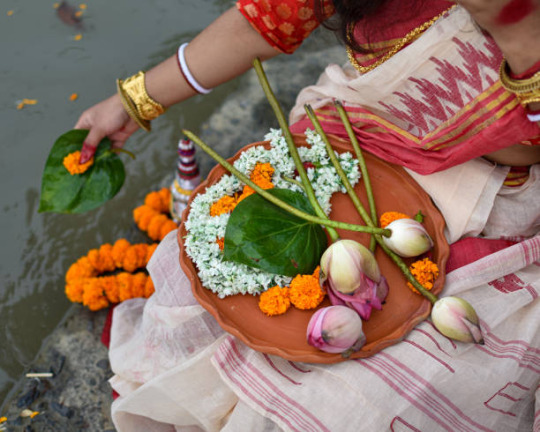

May the advent of DEVI MAA bring strength swirling in winds, grace following the pious feet of Maa, love in the gentle embrace of Her eyes, and happiness in the form of Dhunuchi filling the environment!
Tagging:
@bishh-kanya @azure-cherie @@misty-moonflower@janaknandini-singh999 @swayamev @ashru-premika
#west bengal#mahalaya#durga pujo#desiblr#bengali#tumblr#devi maa#durgapuja#durgamaa#kolkata#siliguri
29 notes
·
View notes